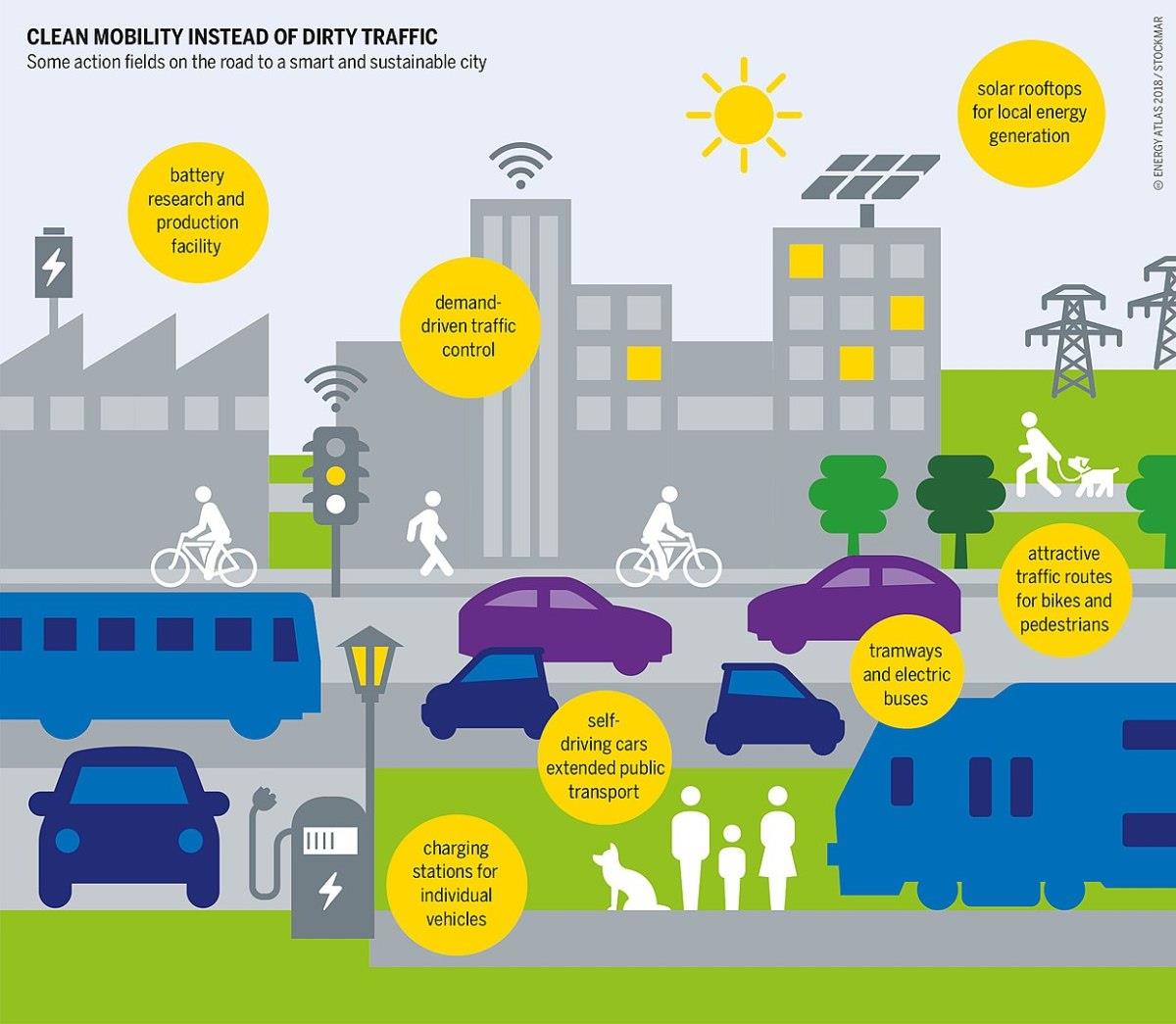
Can Ai Save The Smart City Dream?
Inteof Things
across myriad tasks of urban management, the“smart city” was born.
More than a decade later, the smart-city revolution has become commonplace in the world's leading cities. Yet the concept appears to have been more of a branding coup than a total revolution in urbanism.
The use of technology to ease urban life is nothing new in cities. Since the first cities more than 6,000 years ago, humans have continuously looked for ways to improve the daily grind of everyday life with technology.
With the advent of the smartphone, city planners have been able to collect massive pools of data and better understand what residents need. As a surveillance technology, the smartphone is unrivaled in human history for the sheer amount of information it collects about individuals. This data gives city planners radically new insights into how the urban environment is used and where resources should be allocated.
Smart-city branding, however, tends to foon individual ease instead of monitoring of data. In such cities as Dubai and Singapore, residents use smartphone applications to interact with city services as municipal offices move away from paper in official transactions. Residents can use smartphone applications to report service outages, pay fines, and more.

Legal Disclaimer:
MENAFN provides the information “as is” without warranty of any kind. We do not accept any responsibility or liability for the accuracy, content, images, videos, licenses, completeness, legality, or reliability of the information contained in this article. If you have any complaints or copyright issues related to this article, kindly contact the provider above.

























Comments
No comment